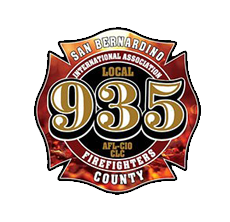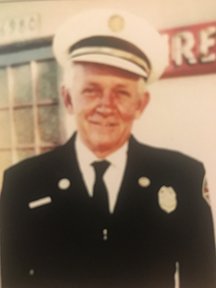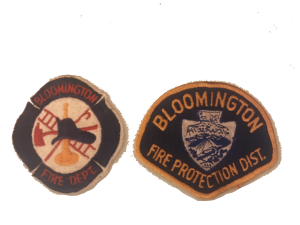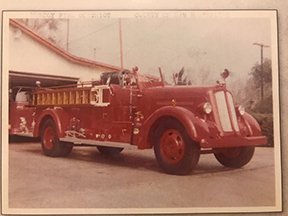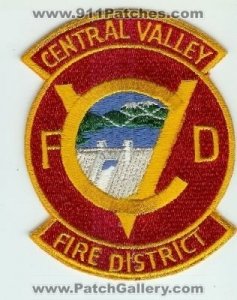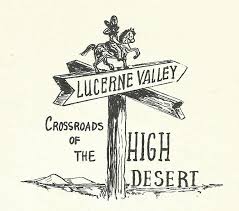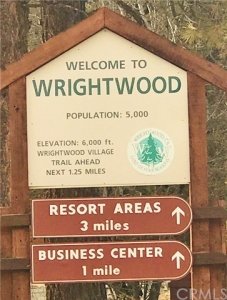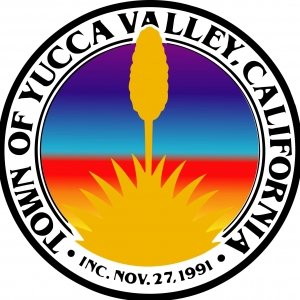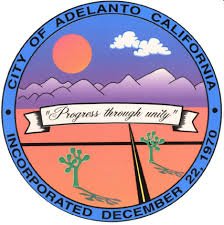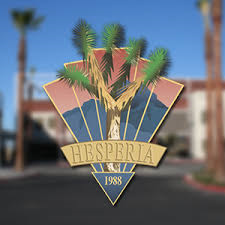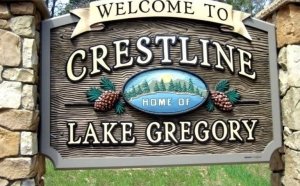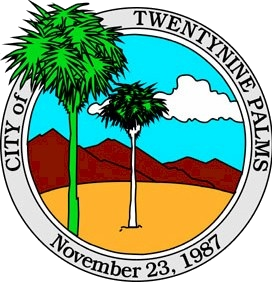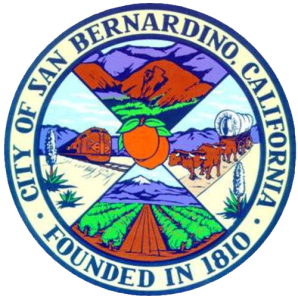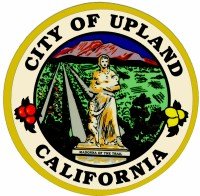The push for full-time fire protection in Lake Arrowhead began in 1938 after the Arlington Lodge was destroyed by fire. A community meeting was held, and Joe Henck was elected Fire Chief. At that time it was determined that 12 full-time firefighters were needed to protect Lake Arrowhead.
The Following year a fire commission was established to raise funds and community support for the new fire department. In March of that year, seven members of the new department attended a Red Cross First Aid class. And in April, Chief Lehman, an experienced firefighter from the City of Pomona was hired to lead the Department.
In 1943 Lehman retired and was replaced by Les Salm. Under Salm, the department bought several fire engines and a fireboat.
The old Lake Arrowhead school house, built in 1926, became a fire station in 1949. That historical building still stands, and is still a fire station; the home of San Bernardino County Fire Station 91.
In 1957, a second fire station was built on Willow Creek Road.
1959 brought a massive wildfire which burned from McKinley Peak near Highway 330, thru Hook Creek, and . out Squints Ranch. That fire foretold a trend for the future as Lake Arrowhead would be threatened by massive forest fires several more times; the . Panorama Fire in 1980, the 1999 Willow Fire, the 2003 Old Fire, and in 2007 Grass Valley and Slide Fires.
In 1965, Chief Salm was replaced by Chief Raymond Ceniceros who came from the U.S. Forest Service. During his tenure he built Stations 3, 4, 5, and 6, purchased four more engines, established two more full-time paid positions and replaced the fireboat with an amphibious “duck”.
Ceniceros retired in August of 1979. Assistant Chief Gary Bratton then briefly held the position. But by the time the Panorama Fire broke out in November of 1980, Chief Jim Lawrence, originally from Burbank Fire Department, was in command.
The Panorama Fire burned 23,800 acres of San Bernardino, Highland and the front side of the San Bernardino mount range, killing 4 people, injuring 77 more, destroying 280 homes, and damaging 49 others. The fire threatened Lake Arrowhead along with several other mountain communities, but was stopped along highway 18.
Before Chief Lawrence took command, Lake Arrowhead firefighters Ed Poe and Dick Hamilton had already attended paramedic school at their own expense, and had been pushing for Advanced Life Support services in Lake Arrowhead. Chief Lawrence agreed that paramedics were needed, and in 1981 the community supported the idea as well, voting in favor of the “Mountain Community Advanced Life Support Tax.” That tax paid for three paramedic positions in Lake Arrowhead.
Even though only three were funded, the department established six paramedic positions, two per day on Medic Ambulance 94. But they only had four qualified Firefighter/Paramedics to cover those six positions. Those first paramedics were Jeff Carrera, Dave Loest, Charlie Mazza and Ed Poe. The rest of the area continued to be covered by Basic Life Support ambulances operated by Mountains Community Hospital.
Just four years after paramedic service was established , Lake Arrowhead along with seven other departments joined the San Bernardino County Fire Agency.
